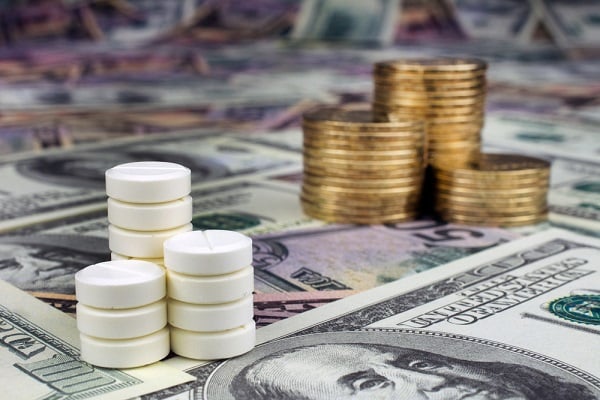 Unfortunately, it's still too early to tell whether this order is a real step toward some meaningful development, and we will have to wait and see what HHS does in response. (Photo: Shutterstock)
Unfortunately, it's still too early to tell whether this order is a real step toward some meaningful development, and we will have to wait and see what HHS does in response. (Photo: Shutterstock)
On September 13, the White House issued an executive order titled "Executive Order on Lowering Drug Prices by Putting America First." This is the latest of several executive orders aimed at prescription drug prices, including "Executive Order on Lowering Prices for Patients by Eliminating Kickbacks to Middlemen," "Executive Order on Lowering Prices for Patients by Eliminating Kickbacks to Middlemen," and "Executive Order on Access to Affordable Life-saving Medications," all issued on July 24, 2020.
Recommended For You
Complete your profile to continue reading and get FREE access to BenefitsPRO, part of your ALM digital membership.
Your access to unlimited BenefitsPRO content isn’t changing.
Once you are an ALM digital member, you’ll receive:
- Breaking benefits news and analysis, on-site and via our newsletters and custom alerts
- Educational webcasts, white papers, and ebooks from industry thought leaders
- Critical converage of the property casualty insurance and financial advisory markets on our other ALM sites, PropertyCasualty360 and ThinkAdvisor
Already have an account? Sign In Now
© 2025 ALM Global, LLC, All Rights Reserved. Request academic re-use from www.copyright.com. All other uses, submit a request to [email protected]. For more information visit Asset & Logo Licensing.








